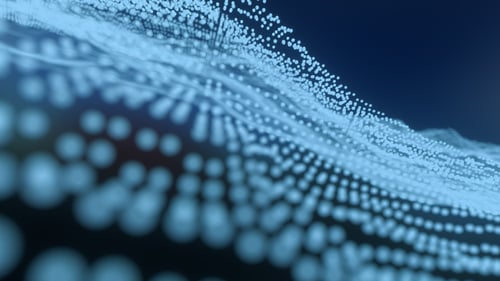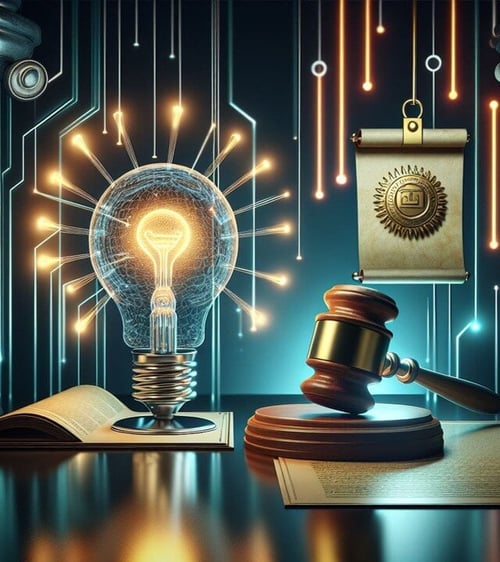Software companies often are faced with the issue of how solutions relating to software, i.e. computer programs, can be protected. This brief article provides an overview on various strategies and tools that are available for protecting computer programs in Europe, in particular, elements of computer programs which may be protectable by patents, trademarks and/or design rights. In addition, this article addresses intellectual property-related questions which can be used as a framework for consideration when entering into a market with a computer product.
When a company designs and develops a computer program, it is important to answer at least the following questions.
1. does the computer program include elements to be standardized
2. does the computer program include elements to be used in marketing?
3. does the computer program include user interface elements?
4. do any of the previous elements or any other elements included in the computer program include a technical contribution over and above prior solutions, which are also novel and inventive?
If the answer to Question 4 is YES, then the patentability requirements should be met in Europe, and the next question is whether or not to patent the solution. This decision is based on several factors including the available budget for IP protection, the value that can be gained through a patent, the market need, the PR value and brand creation. In addition, the benefits that are reached through a granted patent, such as exclusive rights, the possibility to request licensing fees and registered ownership of a solution, have an impact on the decision.
In particular, if a granted patent includes features that will be part of a certain standard (Question 1), and thus would be considered a Standard Essential Patent (“SEP”), such patent may be of great value. This is especially true if the standard will be widely used commercially and the patent is a valuable contribution to the standard. This, of course, will depend on the standard, its content and its conditions.
If the answer to Question 4 is NO, or if it is otherwise decided that patenting is not an option, two alternatives to patenting are (1) to maintain the solution as a trade secret, or (2) to publish the solution. It is important to note that simply leaving the solution unpublished, does not automatically turn the solution into a trade secret. For trade secrets, there are strict standards in Europe requiring, inter alia, careful limitation of persons having access to the solution both physically and virtually. The drawback with trade secrets is that they do not provide broad rights to the owner, and therefore any third party could patent the solution for themselves, which could limit the company’s freedom to operate. Publication on the other hand, reveals the solution, and therefore prevents third parties from patenting the solution, since the solution’s novelty would be destroyed through publication. However, publication does not create any affirmative rights to the solution for the company, and therefore compensation for third party use of the solution would not be available.
In addition to, or as an option to patenting, other forms of protection can be obtained for computer programs. For example, if a computer program includes user interface elements (Question 3), and these user interface elements are unique, a design right should be considered. Design rights in Europe protect the unique appearance of a product, and when a computer program is the target, the design right may protect individual visual elements, such as icons, a complete layout of a user interface, or a set of game characters, for example.
On the other hand, if a computer program includes elements intended for use in marketing (Question 2), in addition to design rights, trademark protection should be considered. At a minimum, the product name and logo warrant trademark protection, but trademark rights also can be obtained for certain leading game characters. From the brand creation’s point of view, trademark and design rights are strong protection tools that provide exclusive rights to the impression a customer has about the company and/or the product.
Thus, all the main forms of IP protection in Europe (patents, trademark, design right) are available for computer programs. The decision on what protection to seek for particular aspects of a computer program depends not only on the legal requirements, but also on the company’s IP strategy.
In addition to considerations relating to IP protection, it is also important for a company to identify any third-party data that is involved in the computer program. This should include not only external data, but also any open source code. For external data, the company should confirm that they own or otherwise have sufficient rights to the data, such that they are able to use it. For open source code, the company should examine the license in order to determine whether its coverage is sufficient, and whether there are limitations which affect the delivery of the computer program. In addition, the content of open source licenses should be carefully examined to identify how the license affects the company’s ability to utilize and manage their patent portfolio. For example, the license may state that any patent claim that includes features from the open source code is not infringed by other parties to the same open source license. In other words, under such circumstances the company would be obliged to grant free licenses to all of their relevant patents to other open source contributors.
Thus, when developing a computer program, it is advisable to consider it from various points of view in order to identify key elements that are unique and representative of the computer program. If such elements are also technically essential and solve a technical problem, consider patenting the solution but also consider the other rights that can be used in combination and synergistically for various aspects of a computer program.





